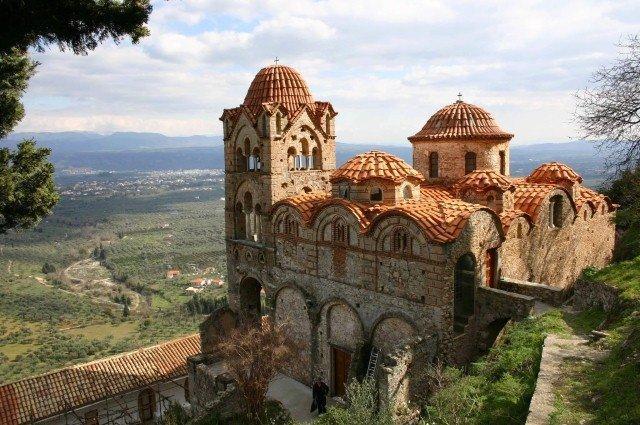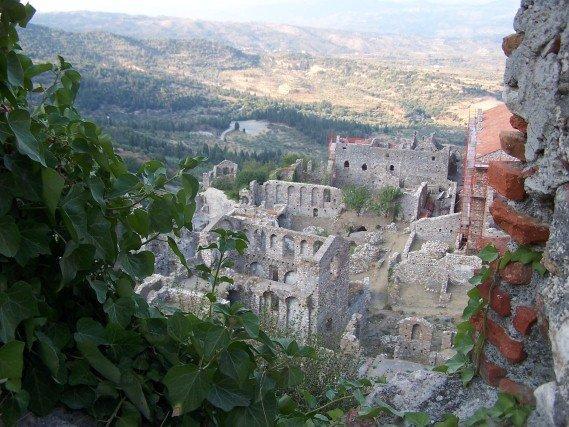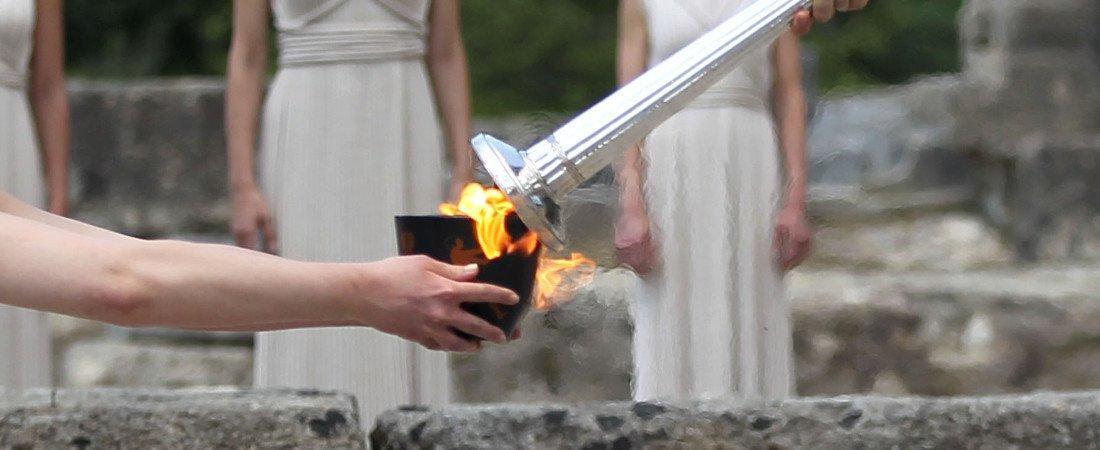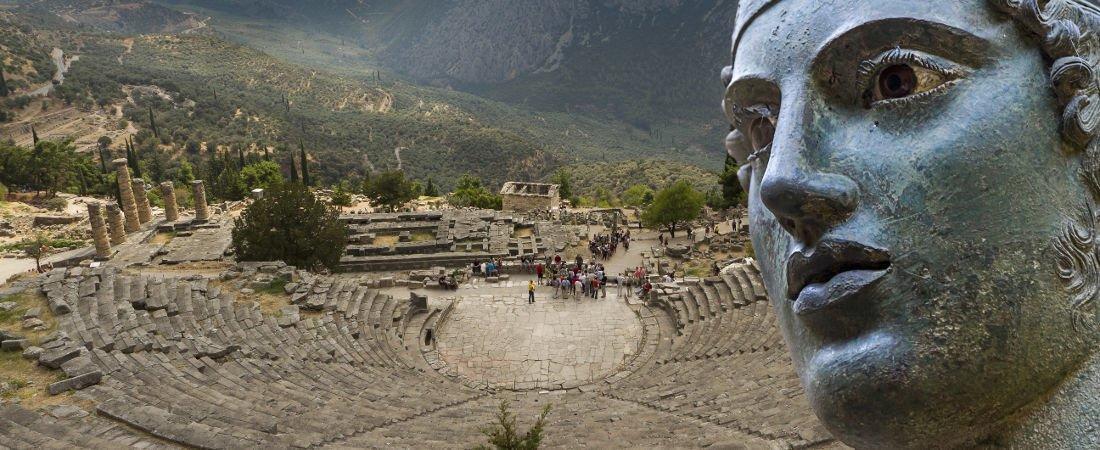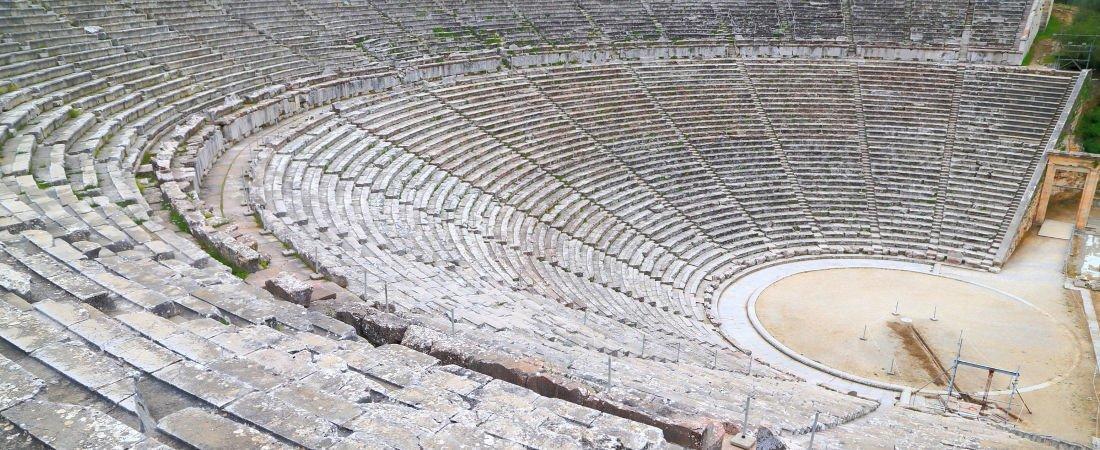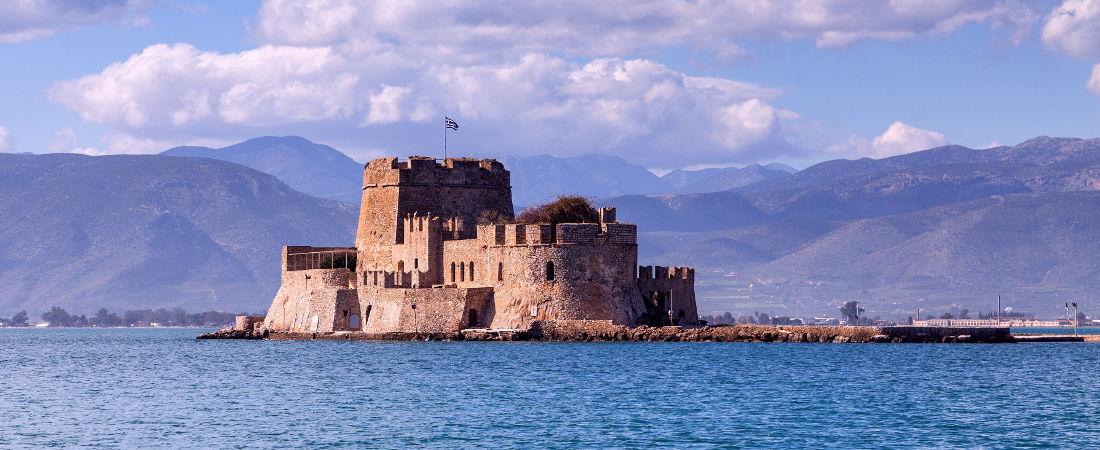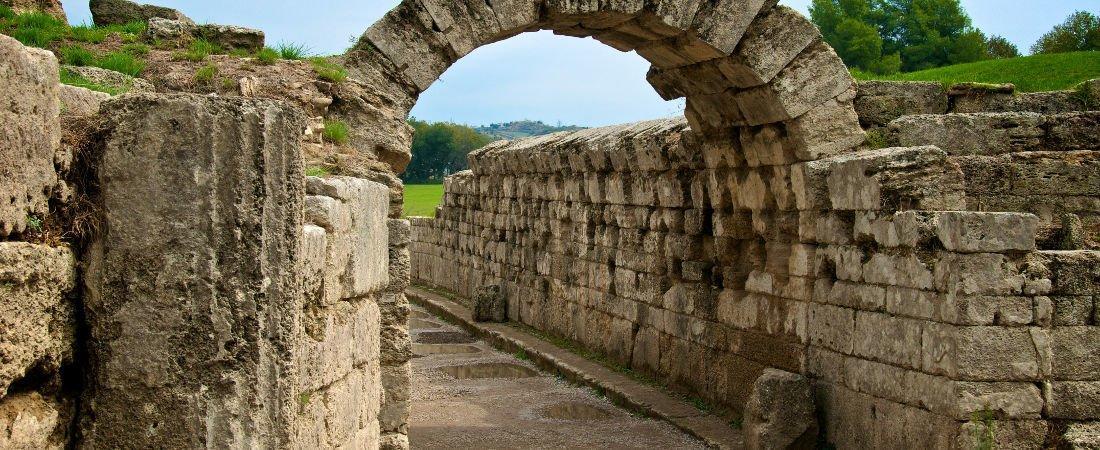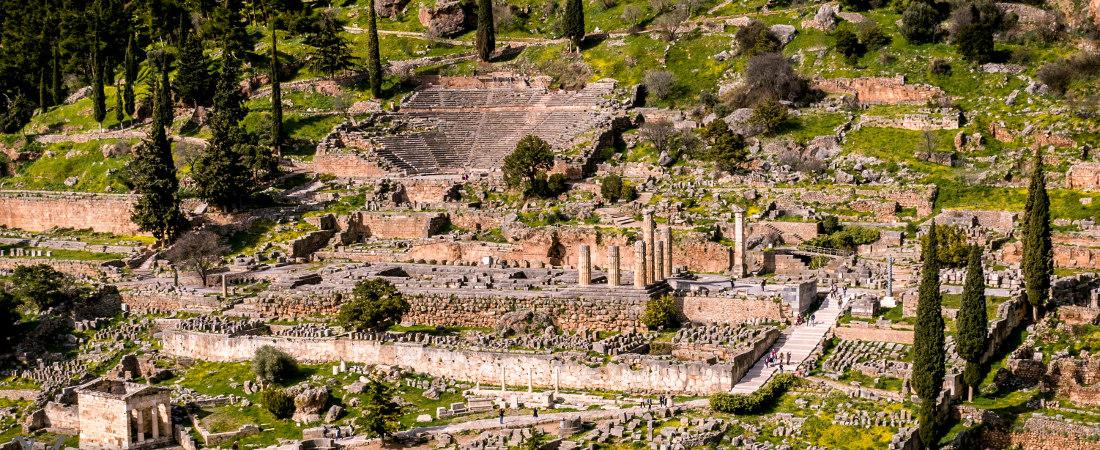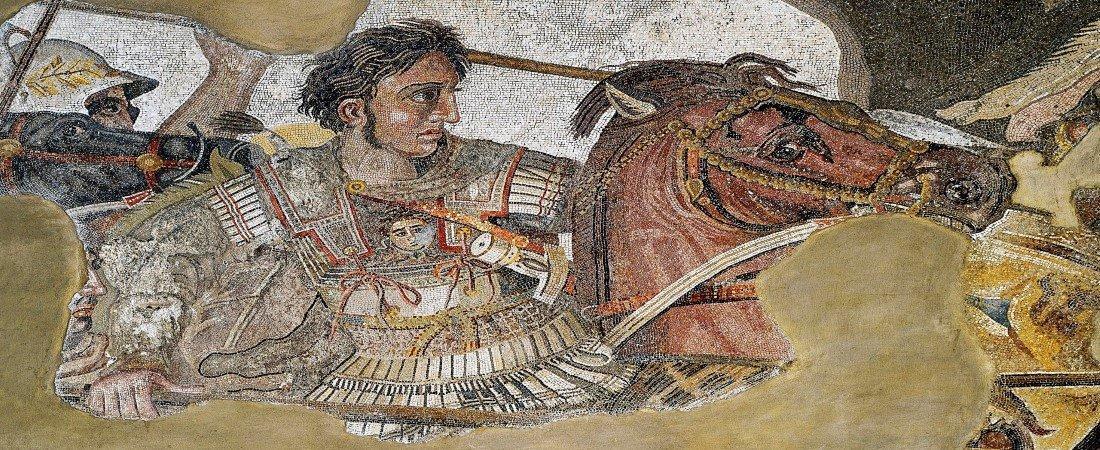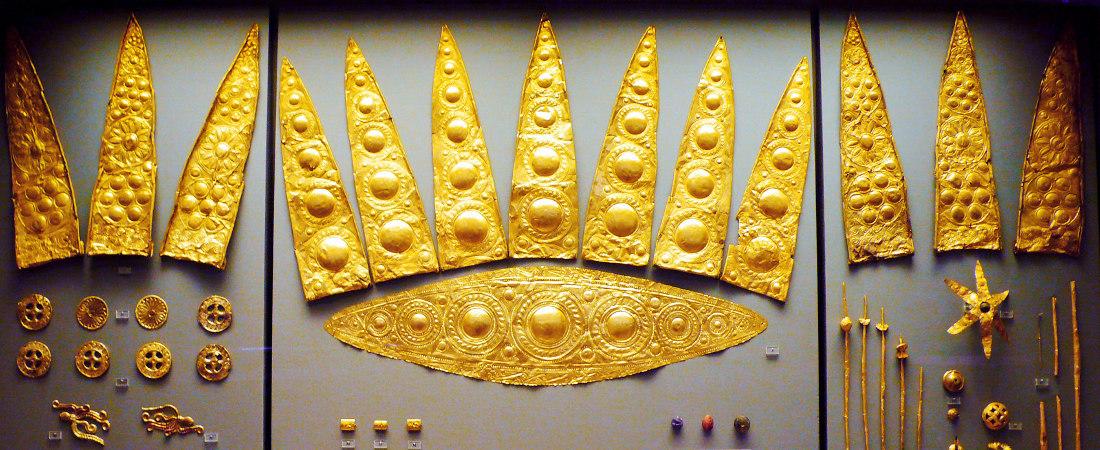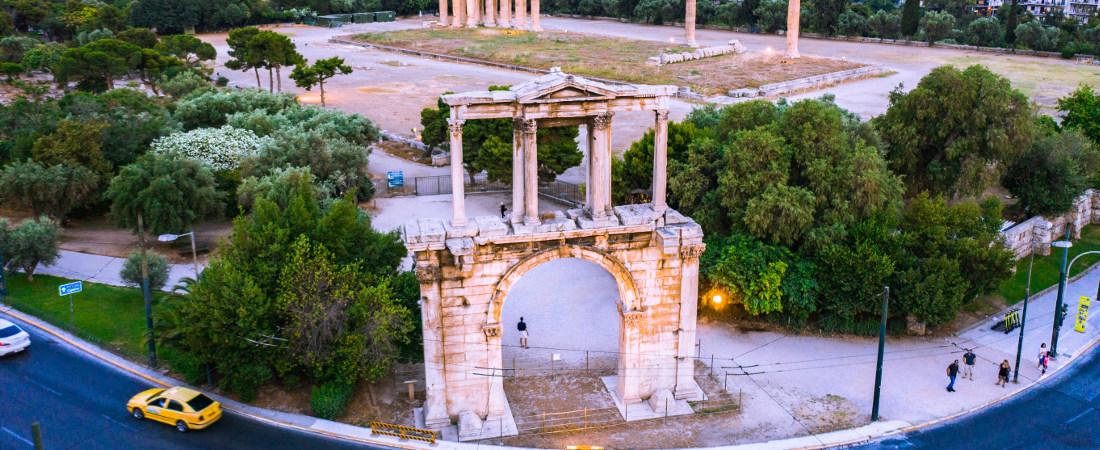“Mystras – the Castle Town”
one of the most important Byzantine Castles of Greece
The town of Mystras was founded in the 13th century, after the conquest of Constantinople by the Crusades. The Franks dominated Morea, the area known today as the Peloponnese, and Prince William II Villehardouin built a fortress on the top of the mountain Mystras (alias Mytzithras).
In 1259, Villehardouin was captured on the battle field of Pelagonia by Michael VIII Paleologos, a Byzantine emperor that set him free in exchange for the castles of Monemvasia and Mystras. The town thus becomes a Byzantine area and gets influenced by the Byzantine architecture and artwork.
Since then it became an important military centre and the inhabitants of the neighboring areas started building their homes on the slope of Mystras, seeking for security. Although the original area was protected by walls, that Mystras hosts until our days, the increasing number of houses made it necessary to built more walls to enclose the new cluster of houses. First wall was called Chora and second one Kato Chora. The cathedral of Sparta was also taken to Mystras. These movements gave as a result an important city that became the capital of Moreas between the mid-14th and mid-15th centuries.
Mystras had a permanent lord that ruled for indefinite terms and owned the title of despot. Along time, it became the capital of the famous despotate of Moreas. From this point on, the history continues with plenty of fights against foreign invaders, including Franks, Slavs, Turks and Albanians. During this period, the prosperity of Mystras reached a high level. In fact, the Neoplatonist philosopher George Gemistos Plethon founded a philosophic school there in 1400.
Under the Turkish occupation, Mystras gradually started to decline. Venetians conquered the area, in 1687, but the Turks gained it back. The inhabitants made many courageous efforts to free their city from the Turks but with no result. In 1825, the Albanian Turks slaughtered the population and ruined the area, which was later abandoned. Finally, it was set free few years later and formed part of the first Greek state. King Otto founded the new city of Sparta, in 1831, 9 km away which resulted to the final decline and abandonment of Mystras. Most families moved to Sparta and others to New Mystras, a small village built in the countryside. In 1952, the remaining properties were expropriated and the city started to be appreciated as one of the most interesting Greek archaeological sites.
In 1989, the old town of Mystras was named a UNESCO World Heritage Site.
See the Mystras Archaeological Site with one of our tours:
-
3 Day Tour To Epidaurus, Mycenae, Nauplio, Olympia and Delphi Archaeological Sites
- 8 Day Combined Tour Package to the Islands and Historical Sites of Greece
-
5 Day Tour To Epidaurus, Nauplion, Mycenae, Olympia, Delphi and Meteora Monasteries
-
4 Day Tour To Epidaurus, Mycenae, Nauplion, Olympia, Delphi and Meteora Monasteries

